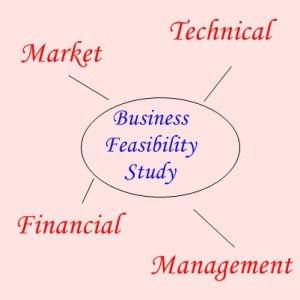For all we know, a Business feasibility study is written to know if the business idea will become successful or not when implemented. It serves as an evaluation tool for every business because it will determine whether or not it’s worth investing your time and money to this business idea. Also, it will determine the profitability of the business.
Business feasibility study will analyze your business idea, market and financial feasibility of the business. The objectives of your study are to assess the market size, your competitive analysis, capital requirements, and management ability.
 During market analysis, you have to determine the type of demand that available for your product or service you plan to offer such as the consumer and distributor and then establish the size of the market and its growth capacity.
During market analysis, you have to determine the type of demand that available for your product or service you plan to offer such as the consumer and distributor and then establish the size of the market and its growth capacity.
After determining if the market is available, you have to know your competitors and determine what makes your product or service special compare to your competitors. Also, analyze the sales strategy to use. Other factor to consider is to determine the management and personnel requirements.
Of course, before starting your business you have to know the financial feasibility of your business idea including making sales forecast, computing start-up and working capital requirements, estimating profitability and financial viability. Financial projection includes balance sheet, income statement, cash flow, and break even analysis.
Below is an example of Business Feasibility Study outline:
• Executive Summary
• Introduction
• Product or Service
• Market
• Competition
• Industry
• Marketing and Sales Strategy
• Operating Requirements
• Financial Projection
• Balance Sheet Projection
• Income Statement Projection
• Cash Flow Projection
• Break Even Analysis
• Financial Requirement
• Recommendation and Findings
• Conclusion